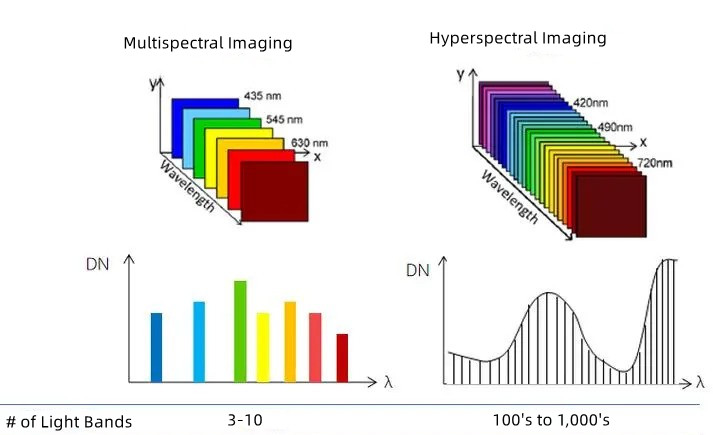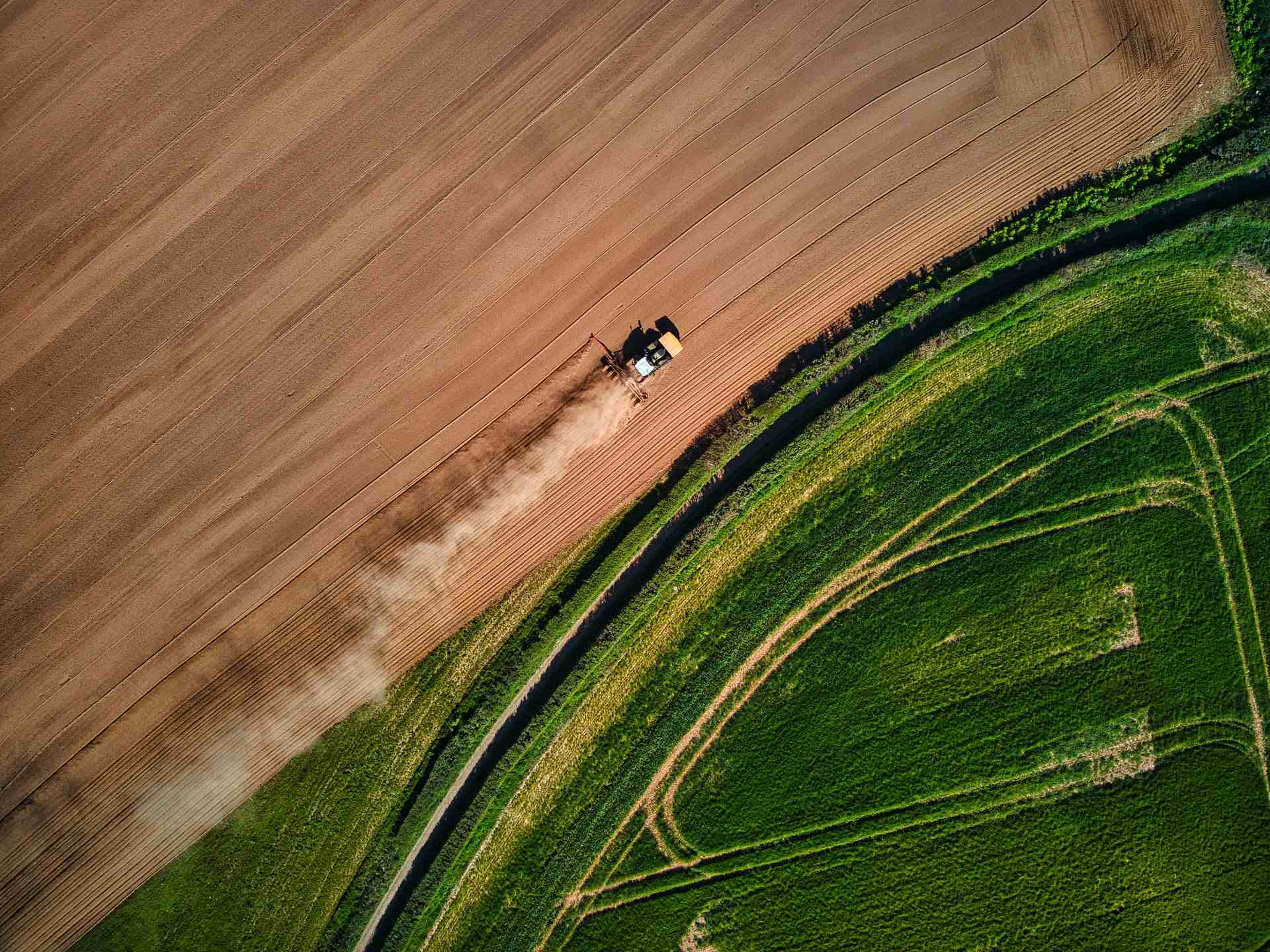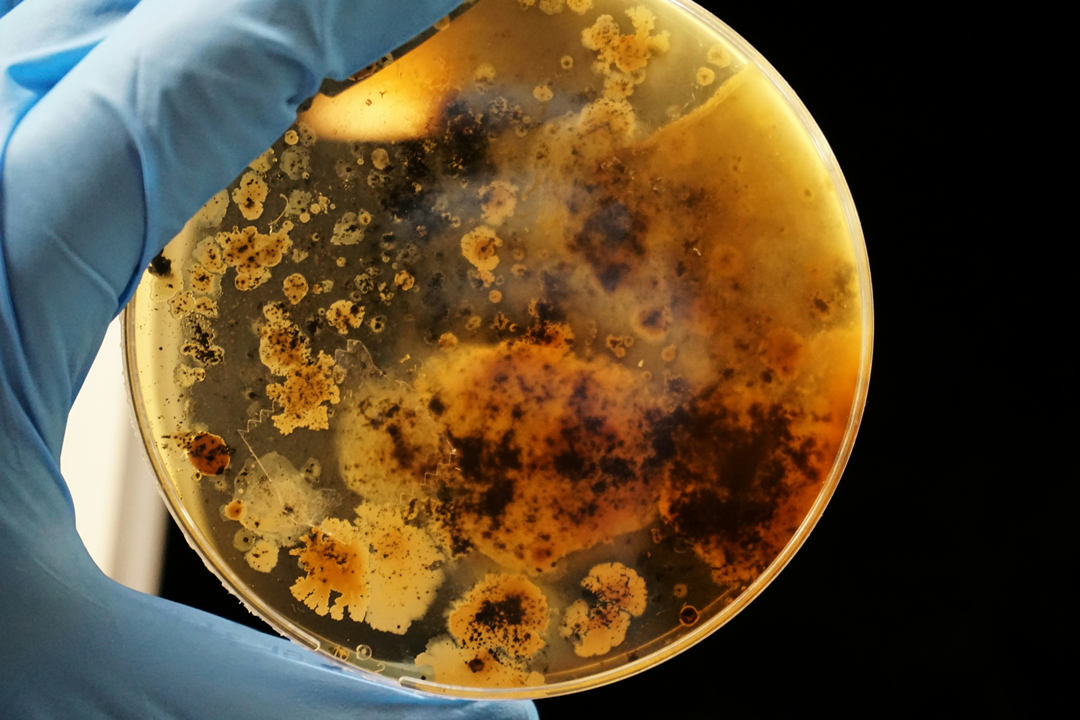Hyperspectral Imaging: Types, Benefits, and Applications
Hyperspectral imaging, a technology that captures detailed spectral information across a wide range of wavelengths, has traditionally been limited to research settings.
However, with the recent advent of commercial airborne systems, hyperspectral imaging is poised to revolutionize remote sensing.
This powerful tool offers a myriad of applications in fields such as resource management, agriculture, mineral exploration, and environmental monitoring.
To effectively utilize hyperspectral data, it’s essential to understand its definition, various types, and practical use cases.
What is Hyperspectral Imaging?
Imagine a camera that could not only see the colors we can, but also detect the subtle differences in light that our eyes miss. That's the power of hyperspectral imaging (HSI).
Unlike traditional cameras, which capture images in just three color bands (red, green, and blue), HSI systems break down light into hundreds or even thousands of individual wavelengths. This allows them to "see" beyond the visible spectrum and identify materials based on their unique spectral signatures.
From satellites in space to drones flying overhead, HSI systems can be mounted on various platforms to serve a wide range of applications. Whether it's monitoring vegetation health, detecting environmental hazards, or identifying hidden objects, HSI offers a level of detail and precision that's simply unmatched.

Image credit: eos.com
Types of Hyperspectral Imaging Systems
- Push Broom (Line Scanning): These systems capture spectral data line by line as the sensor moves across the scene. They are commonly used in airborne or satellite-based imaging.
- Whisk Broom (Point Scanning): Similar to push broom scanners, these systems sweep across the scene in a back-and-forth motion to collect data.
- Snapshot Imaging (Single Shot): These systems capture the entire spectral image in a single shot, making them ideal for applications requiring rapid data acquisition.
- Spectral Scanning (Area Scanning or Plane Scanning): They capture spectral data by scanning a specific area or plane within the scene. This method is often used in laboratory settings or for specific applications that require focused spectral analysis.
- Spatiospectral Scanning: The systems combine elements of push broom and snapshot imaging. They capture spectral data in a series of overlapping snapshots, allowing for high spatial resolution and continuous spectral coverage. This technique is particularly useful for applications that require both detailed spatial information and accurate spectral analysis.
How Does Hyperspectral Imaging Work?
The core of hyperspectral imaging lies in the use of an imaging spectrometer, often referred to as a hyperspectral camera. This specialized device captures light reflected or emitted from a scene.
1. Capturing and Separating Light
As light enters the hyperspectral camera, it is dispersed into various spectral bands. This separation is achieved using optical elements like prisms or diffraction gratings. Each band represents a specific range of wavelengths, which allows the camera to record detailed information about how each part of the scene interacts with light.
2. Creating the Hyperspectral Image
The hyperspectral camera simultaneously captures both the spatial and spectral data of the scene. This results in a two-dimensional image where each pixel contains a unique spectrum—a detailed representation of the light reflected from that specific point in the scene. This spectrum acts as a "fingerprint" for the materials present.
3. Generating the Data Cube
The output of a hyperspectral imaging system is often visualized as a hyperspectral data cube. This cube has three dimensions: two spatial dimensions (x and y) corresponding to the scene's layout, and one spectral dimension (z) that represents the range of wavelengths captured.
Each layer of the cube corresponds to a different spectral band, and each pixel within these layers holds detailed spectral information.

4. Analyzing Spectral Signatures
Each material in the scene reflects, absorbs, and emits light differently, creating a unique spectral signature. These signatures are akin to fingerprints for materials. By analyzing these spectral fingerprints, hyperspectral imaging can accurately identify and quantify the materials present.
For example, the technology can distinguish between different types of vegetation, detect specific minerals, or identify chemical contaminants.
Hyperspectral Imaging vs. Multispectral Imaging
Hyperspectral and multispectral imaging are two advanced remote sensing technologies used to capture data across various parts of the electromagnetic spectrum. While they share similarities, they differ significantly in their capabilities, applications, and complexity.
Here's a clear and concise comparison table:
| Aspect | Hyperspectral Imaging (HSI) | Multispectral Imaging (MSI) |
| Number of Spectral Bands | Hundreds to thousands of narrow bands | 3 to 10 broad bands |
| Spectral Resolution | High (can distinguish between very close wavelengths) | Moderate (broader bands, less spectral detail) |
| Spatial Resolution | Generally lower | Generally higher |
| Data Processing | Complex and resource-intensive | Easier and faster to process |
| Cost | More expensive | More affordable |
| Applications | Specialized scientific research, detailed material analysis | General remote sensing, agriculture, environmental monitoring |
| Atmospheric Sensitivity | Highly sensitive, requires thorough calibration | Less sensitive, more versatile across environments |
Number of Spectral Bands
The most notable difference between hyperspectral and multispectral imaging lies in the number of spectral bands they capture. Multispectral imaging (MSI) typically involves capturing data in a limited number of broad spectral bands, usually ranging from 3 to 10. These bands often include visible light (red, green, blue) and a few near-infrared bands.
Hyperspectral imaging (HSI), on the other hand, captures data in hundreds or even thousands of narrow spectral bands. This extensive band coverage allows hyperspectral sensors to detect subtle differences in the spectral signatures of materials, making it possible to identify and quantify specific substances.

Spectral and Spatial Resolution
HSI offers a high spectral resolution, meaning it can distinguish between very close wavelengths, which is essential for detailed material analysis. However, this high spectral resolution often comes at the expense of spatial resolution, which may be lower compared to multispectral systems.
MSI provides broader spectral data with fewer bands, which is generally sufficient for applications that require less detailed spectral information but demand higher spatial resolution.
Data Processing and Complexity
Due to the large number of bands and the detailed data captured, hyperspectral imaging requires complex and resource-intensive data processing. Specialized software and expertise are needed to interpret hyperspectral data accurately.
Multispectral imaging, with its fewer bands, generates less complex data, making it easier and faster to process. This makes multispectral imaging suitable for applications requiring quick or real-time analysis.
Cost and Accessibility
Hyperspectral imaging is generally more expensive due to the complexity of the sensors and the extensive data processing required. It is often reserved for scientific research and specialized applications where detailed material information is critical.
Multispectral imaging is more affordable and widely accessible, making it a popular choice for a broader range of industries, including agriculture, forestry, and environmental monitoring.
Dependence on Atmospheric Conditions
Hyperspectral imaging is more sensitive to atmospheric conditions and requires careful calibration, which can limit its use in certain environments.
In contrast, multispectral imaging is less affected by atmospheric interference, making it more versatile for a wide range of remote sensing applications.
What Information Hyperspectral Imaging Provides?
By combining the benefits of digital imaging and spectroscopy, hyperspectral imaging offers spatial and spectral data, enabling us to identify, classify, and understand objects and materials in unprecedented detail.

- Spectral Signatures: Each material or substance has a unique way of interacting with light, known as its spectral signature. Hyperspectral imaging captures these signatures across hundreds or even thousands of wavelengths, allowing precise identification of materials. For example, it can differentiate between various types of vegetation, and minerals, or even detect contaminants in food.
- Molecular Analysis: By analyzing the spectral data, hyperspectral imaging can determine the chemical composition of a material. This is crucial in applications like agriculture, where it can identify nutrient levels in plants, or in pharmaceuticals, where it can ensure the correct chemical composition of drugs.
- Location and Extent: Beyond just identifying materials, hyperspectral imaging also provides spatial information about where these materials are located within the image. This is useful in surveying applications, environmental monitoring, or any scenario where understanding the distribution of materials across a surface is important.
- Monitoring Over Time: Hyperspectral imaging can track changes over time by capturing images at different intervals. This allows for monitoring the progression of processes, such as plant growth, the spread of pollution, or changes in material properties under varying conditions.
- Beyond RGB: While traditional imaging uses just three bands (red, green, blue) to create a visual representation, hyperspectral imaging captures hundreds of bands, providing a much richer and more detailed picture. This extra detail can reveal subtle differences that are invisible to the human eye, enabling more thorough analysis and interpretation.
What is Hyperspectral Imaging Used for?
Hyperspectral imaging is an indispensable tool across industries. Its applications range from enhancing mining operations and agricultural practices to ensuring food safety, environmental protection, and infrastructure integrity.

Food Quality and Safety
Hyperspectral imaging plays a pivotal role in ensuring the safety and quality of food products. Analyzing the spectral signatures of food items can detect contaminants, assess ripeness and quality, detect adulteration, identify allergens, and detect pesticide residues. This technology helps safeguard consumers from potential health risks and ensures that only the highest quality products reach the market.

Environmental Monitoring
Hyperspectral imaging is a valuable tool for monitoring environmental conditions and detecting issues such as water quality, vegetation health, coastal monitoring, pollution detection, and land cover mapping. By analyzing the spectral signatures of various environmental elements, it can provide valuable insights into the health of ecosystems, identify pollution sources, and track changes in land use patterns.

Mining and Prospecting
In the mining and prospecting industry, hyperspectral imaging aids in mineral exploration, ore grade estimation, alteration mapping, geological mapping, and environmental monitoring. By analyzing the spectral signatures of minerals and geological features, it can help identify potential mineral deposits, assess their quality, and monitor the environmental impacts of mining operations.

Precision Agriculture
Hyperspectral imaging revolutionizes agriculture by enabling farmers to monitor crop health, predict yields, manage irrigation, detect and control weeds, and optimize nutrient management. By analyzing the spectral signatures of plants and soil, it provides valuable data for making informed decisions and improving agricultural productivity.

Infrastructure Inspection
Hyperspectral imaging is used to assess the condition of infrastructure, including bridges, pipelines, buildings, and roads. Analyzing the spectral signatures of materials can detect defects, such as cracks, corrosion, and delamination, and identify areas that require maintenance or repair.

Defense and Security
In defense and security applications, hyperspectral imaging offers capabilities such as target identification and classification, surveillance and reconnaissance, counter-terrorism, and maritime security. By analyzing the spectral signatures of objects and environments, it can provide valuable intelligence, detect threats, and ensure security.

Research and Development
Hyperspectral imaging is a valuable tool for researchers in various fields, including material science, biology, chemistry, environmental science, forensic science, and art conservation. By analyzing the spectral signatures of materials, biological samples, and chemical compounds, it can provide insights into their properties, composition, and characteristics.

Pharmaceuticals and Biomedical Research
In pharmaceuticals and biomedical research, hyperspectral imaging contributes to drug development, quality control, and biomedical research. By analyzing the spectral signatures of biological samples and chemical compounds, it can help identify diseases, develop new medications, and optimize drug delivery.

Color Measurement
Hyperspectral imaging is used for accurate color measurement in various industries, including printing, textiles, paints, and coatings. By analyzing the spectral signatures of colors, it can ensure consistency, match colors, and establish color standards.
FAQ
What Are the Components of Hyperspectral Imaging System?
Hyperspectral imaging systems (HSI) are composed of several key components:
- Optics: Imaging optics are used to focus light onto the system's components.
- Slit: A narrow slit projects an image onto the diffraction grating.
- Diffraction grating: This grating separates light into its different wavelengths.
- Focal plane array (FPA) detector: A 2D FPA detector captures the separated light.
- Light source: A specialized light source is used in microscopy-based HSI systems.
- Image capture and analysis software: This software works with the other components to capture and analyze images.
How Much is a Hyperspectral Imager?
The cost of a hyperspectral imager can vary widely, typically ranging from $10,000 to $100,000. The price depends on several factors, including the spectral range, resolution, stability, and additional features.
Key Factors Influencing Cost:
- Spectral Range: The range of wavelengths the imager can capture. Wider spectral ranges usually mean higher costs.
- Spectral Resolution: Higher resolution enables the detection of finer spectral details but often comes at a premium.
- Stability and Sensitivity: High-end systems offer better stability and sensitivity, improving accuracy in various conditions, which can increase the price.
- Ease of Use and Calibration: Systems that are user-friendly and require minimal calibration tend to be more expensive due to their advanced technology.
- Mounting Options and Maintenance: Flexibility in mounting and ease of maintenance can also affect the overall cost.
What is a Hyperspectral Imaging Satellite?
A hyperspectral imaging satellite is a spacecraft equipped with a hyperspectral sensor that collects data about the Earth's surface. These satellites orbit the planet and capture images across a wide range of wavelengths within the electromagnetic spectrum. This allows them to gather detailed information about the Earth's surface, including vegetation health, mineral composition, water quality, and land use changes.
Unlike traditional satellites that capture images in a few specific bands (like red, green, and blue), hyperspectral satellites collect data for hundreds or even thousands of individual wavelengths. This provides a much more comprehensive understanding of the Earth's surface and its resources.





